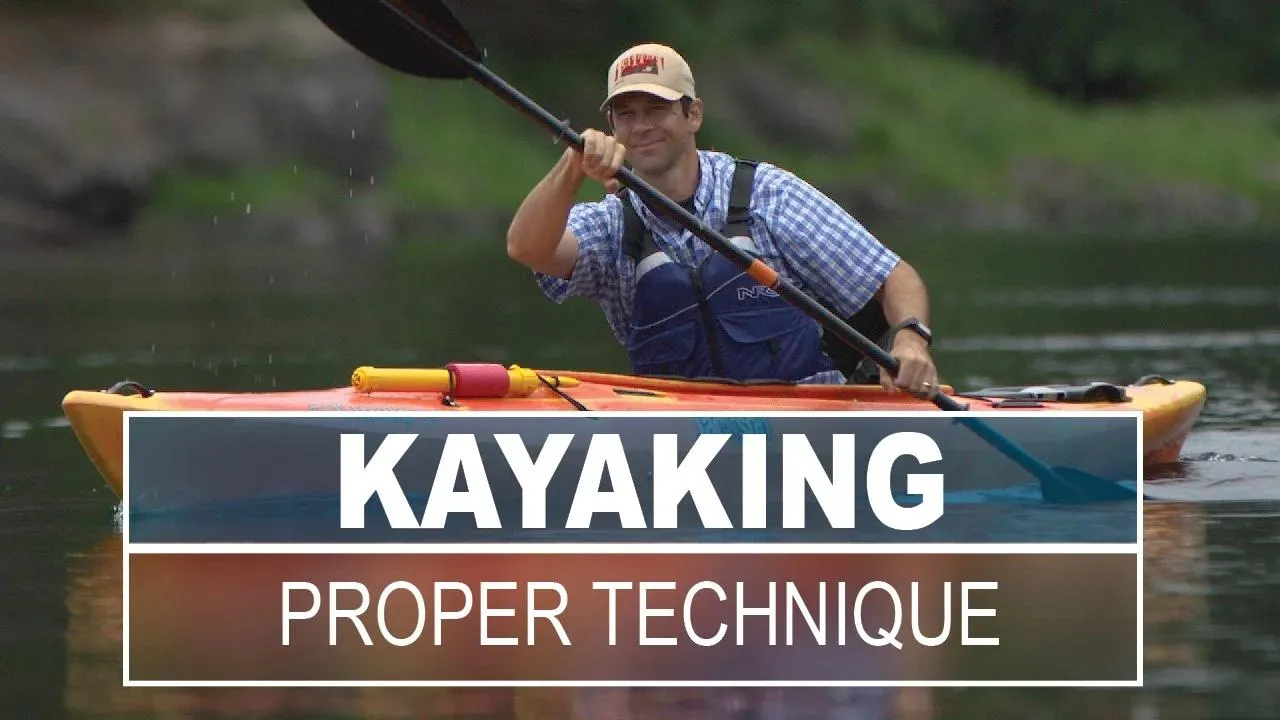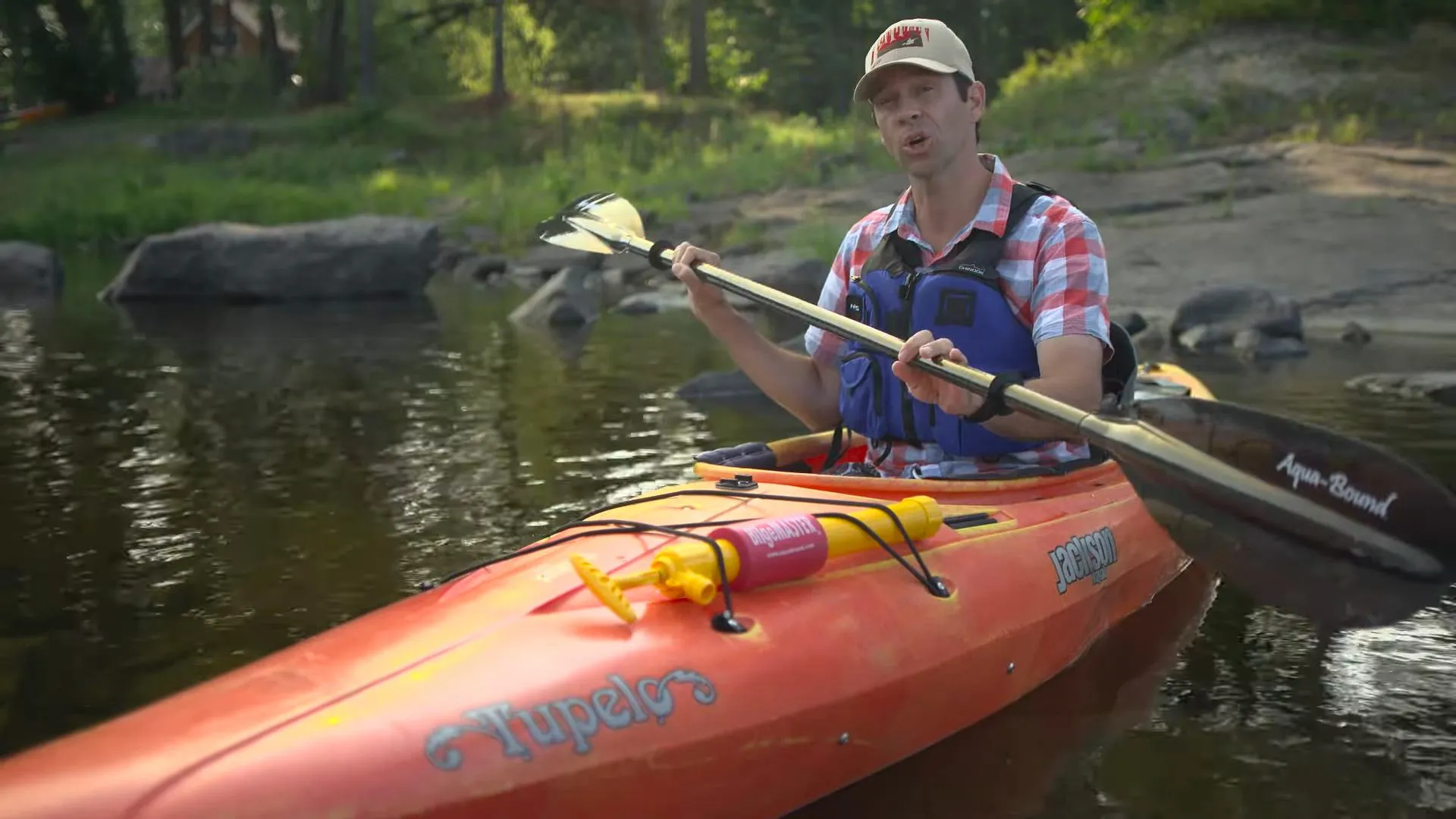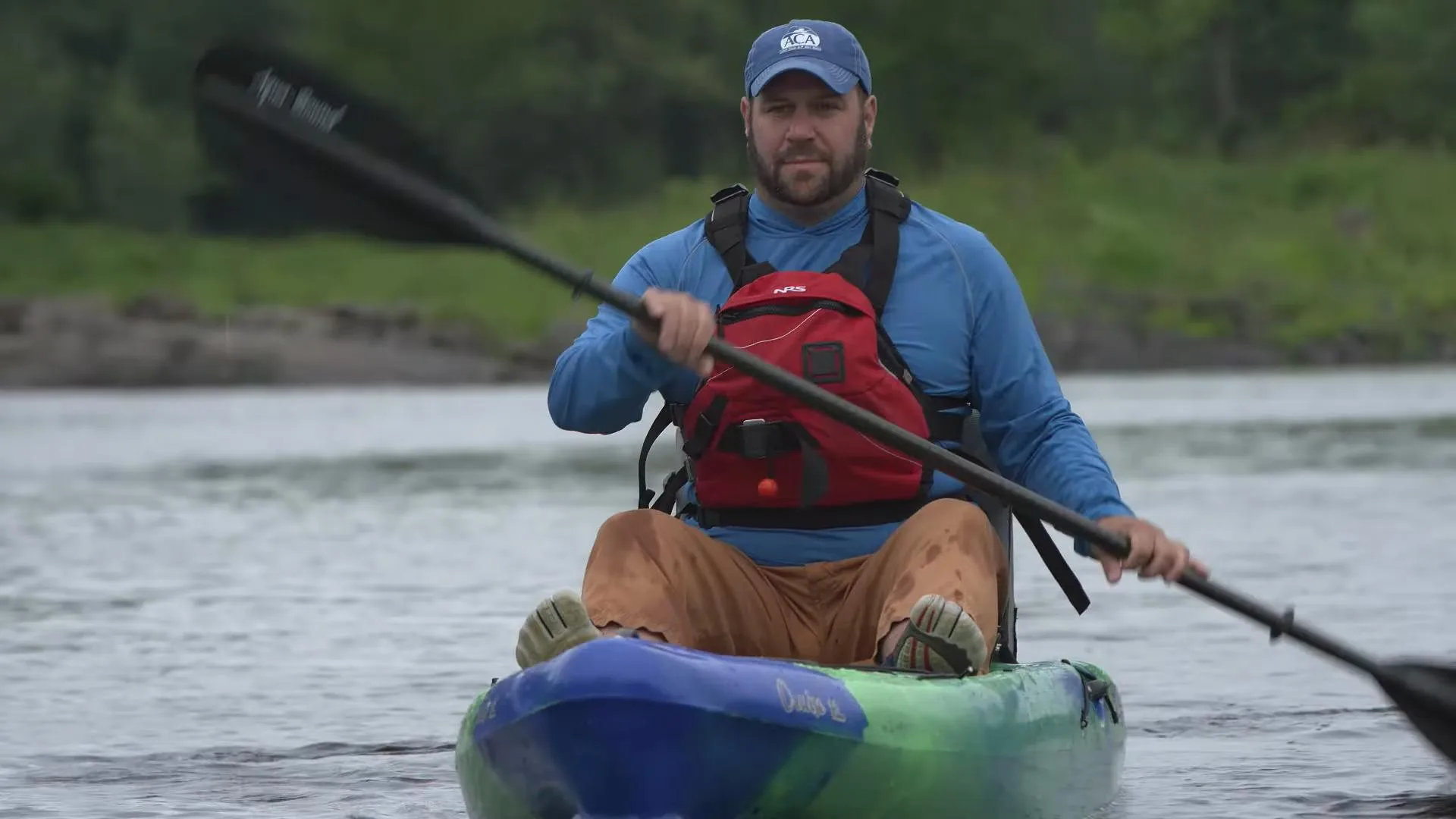Are you looking to improve your Kayak Paddling Technique and take your kayaking experience to the next level? Developing good technique is essential for efficient and safe paddling. Proper technique will not only reduce fatigue but also prepare you to handle changing water conditions and unexpected situations. In this article, we’ll explore the fundamentals of kayak paddling technique and provide you with valuable tips to enhance your paddling experience.
What are the benefits of good kayaking technique? Good technique will enable you to paddle more efficiently, reducing fatigue and discomfort. It will also improve your overall safety on the water, making you more prepared to handle challenging situations. Furthermore, proper technique will reduce the risk of injuries, such as back pain and tendinitis.
What are the key elements of good kayaking technique? Good technique involves a combination of proper sitting position, efficient paddle use, and effective stroke technique. In this article, we’ll delve into each of these elements and provide you with practical tips to improve your kayaking technique.
Key Takeaway: Developing good kayaking technique is essential for efficient and safe paddling. Proper technique involves a combination of proper sitting position, efficient paddle use, and effective stroke technique.
Kayak Paddling Technique: Proper Sitting Position
The first step in developing good kayaking technique is to establish a proper sitting position. A comfortable and supportive seat is essential for efficient paddling. Look for a kayak with a seat that provides good lumbar support and adjustable footrests. When sitting in the kayak, maintain good posture by sitting upright with your feet resting comfortably against the footrests. Your legs should be comfortably flexed and slightly splayed out, reducing strain on your hamstrings and back.
Adjusting the Seat and Footrests
Adjust the seat and footrests to fit your body. The seat should be adjusted so that your legs are comfortably flexed and your feet are resting against the footrests. The footrests should be adjusted so that your feet are securely held in place.
Tips for Maintaining Good Posture
Maintain good posture by sitting upright and avoiding leaning back. Keep your shoulders relaxed and your core engaged. Avoid slouching or leaning forward, as this can put strain on your back and reduce your paddling efficiency.
Using Your Paddle Efficiently
The next step in developing good kayaking technique is to learn how to use your paddle efficiently. There are two types of kayak paddles: feathered and unfeathered. Feathered paddles have blades that are offset from each other, while unfeathered paddles have blades that are lined up with each other.
Watch this video to learn more about the differences between feathered and unfeathered paddles.
Using a Feathered Paddle
When using a feathered paddle, your control hand should maintain a firm but relaxed grip on the paddle. Your other hand should hold the paddle an equal distance from the other blade. To check if your hands are in good position, lift the paddle onto your head and ensure that your elbows are bent at around 90 degrees.
Tips for Using a Feathered Paddle
When using a feathered paddle, remember to loosen your grip on the paddle between strokes to allow for rotation of the shaft. This will enable you to maintain a smooth and efficient paddling motion.
Effective Stroke Technique
Effective stroke technique is essential for efficient and safe paddling. A good stroke technique involves a combination of proper body position, paddle angle, and stroke timing.
Learn more about effective stroke technique and how to improve your paddling efficiency.
Body Position and Paddle Angle
Maintain a comfortable and efficient body position by sitting upright with your feet resting against the footrests. Hold the paddle at a 45-degree angle to the water, with the blade entering the water at a slight angle.
Stroke Timing and Efficiency
Practice a smooth and efficient stroke timing by maintaining a consistent pace and avoiding jerky movements. Focus on using your torso and legs to power your strokes, rather than just your arms.
In conclusion, developing good kayaking technique is essential for efficient and safe paddling. By following the tips outlined in this article, you can improve your paddling technique and enhance your overall kayaking experience. Remember to maintain good posture, use your paddle efficiently, and practice effective stroke technique. Happy paddling!



